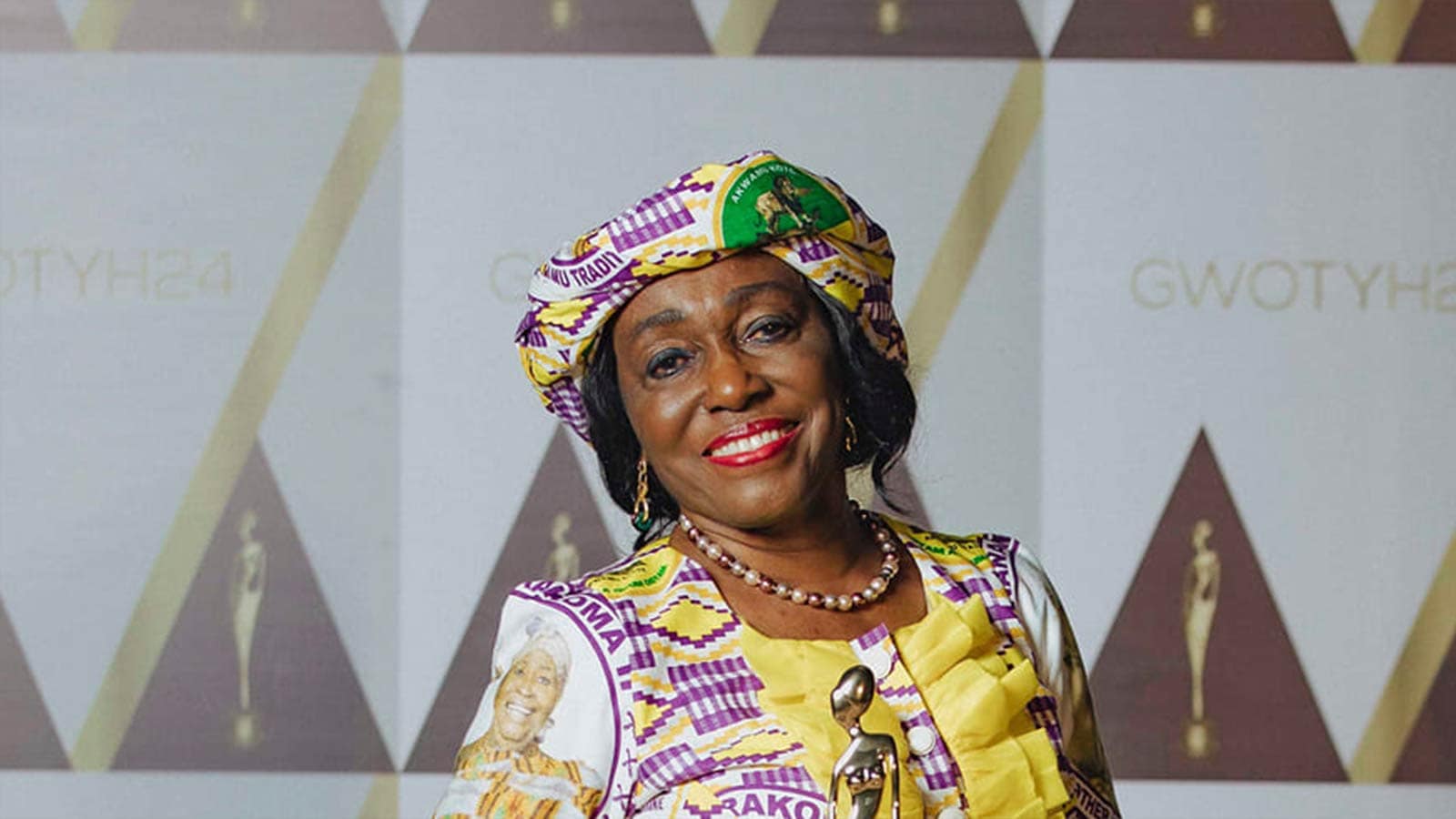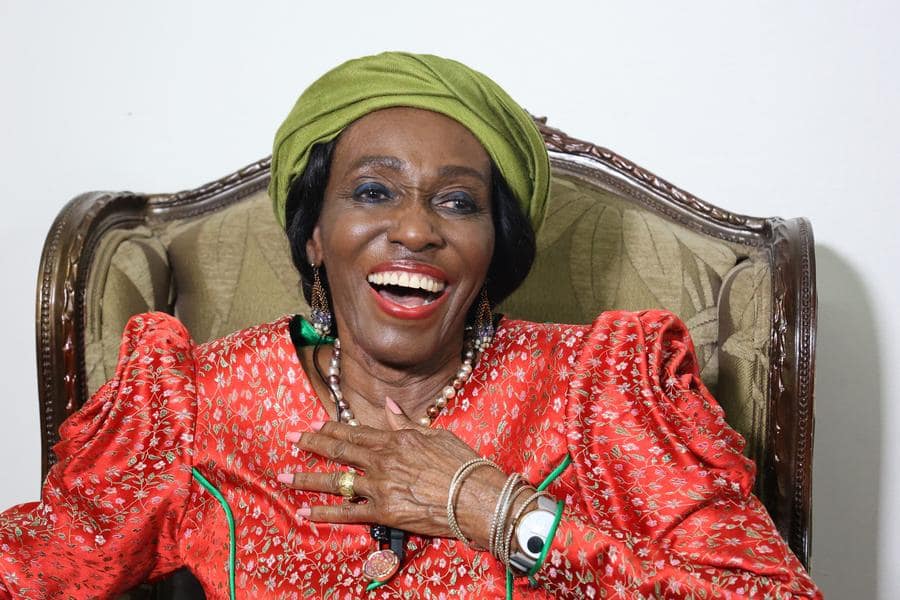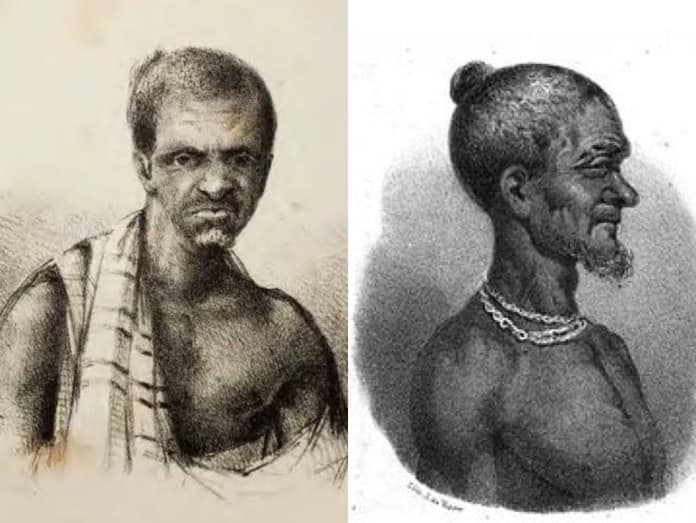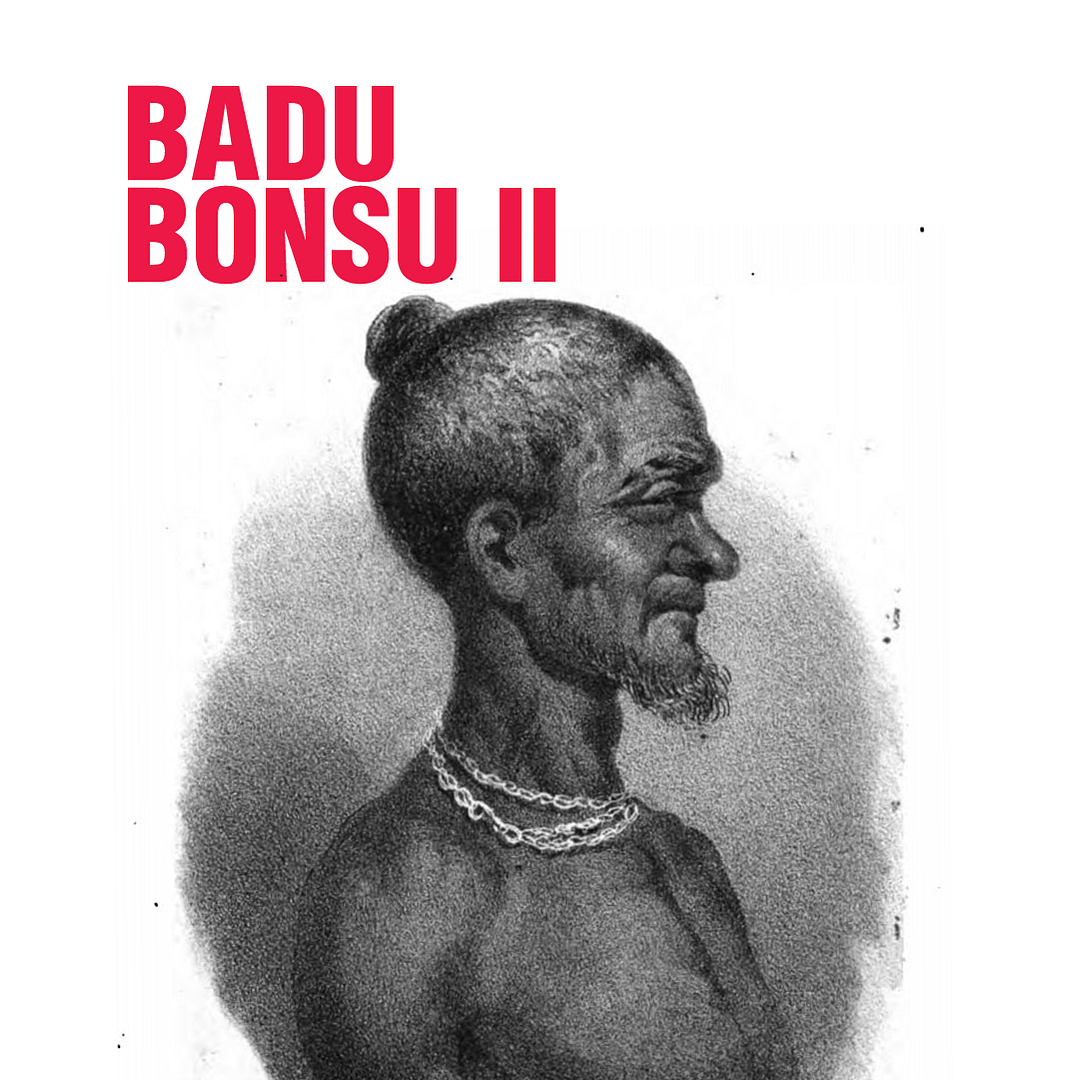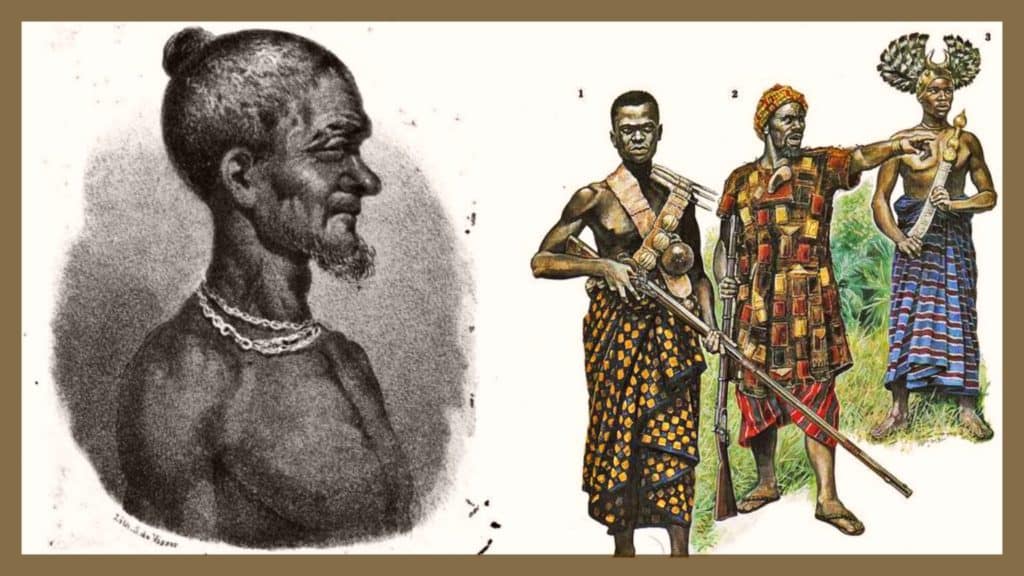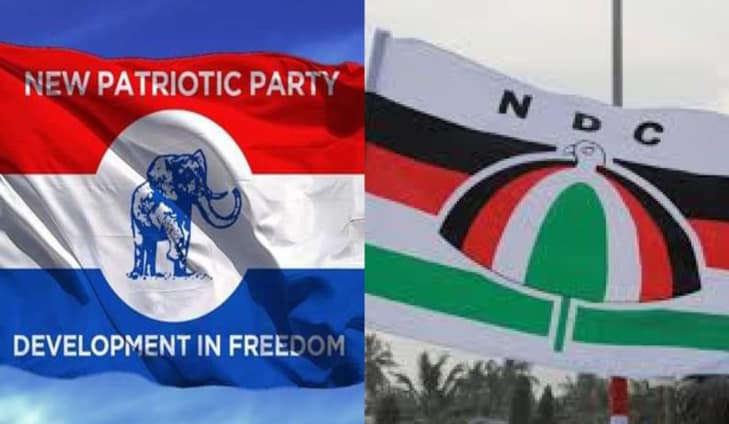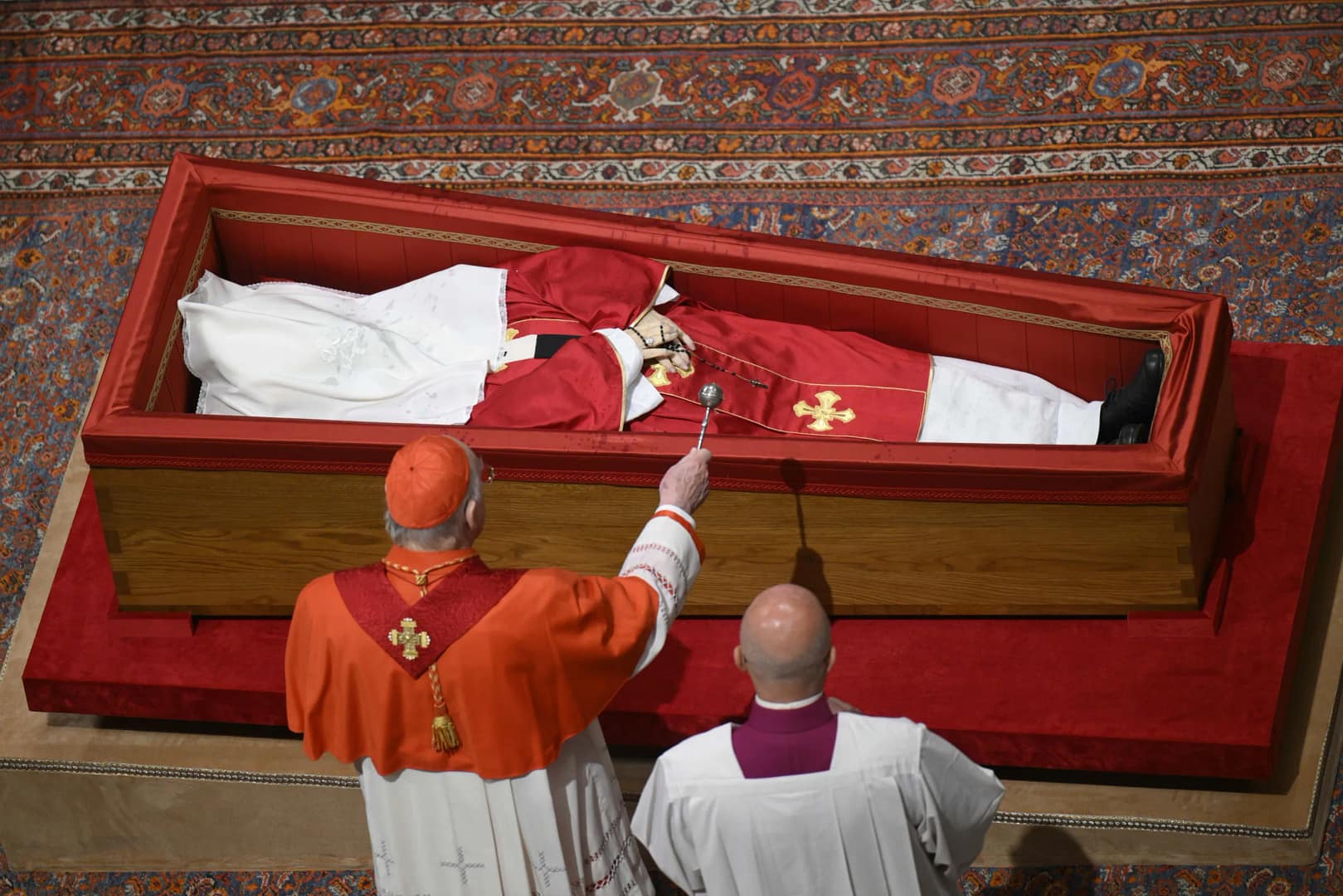
Rome, April 26, 2025 — In an extraordinary outpouring of grief, devotion, and reflection, more than 250,000 people converged on St. Peter’s Square today to pay their final respects to Pope Francis, a leader whose gentle spirit, bold reforms, and unwavering compassion redefined the papacy for a new generation.
The funeral Mass, led by Cardinal Giovanni Battista Re, was a deeply symbolic ceremony — a tribute to a man who spent over a decade shepherding the Roman Catholic Church through an era of change, dialogue, and renewed focus on the poor and marginalized.
A Farewell Befitting “The People’s Pope”
Pope Francis, born Jorge Mario Bergoglio in Buenos Aires, Argentina, passed away on April 21, 2025, at the age of 88 following complications from a stroke. His passing marks the end of a truly transformative era for the Catholic Church — one that prioritized mercy over judgment, action over rhetoric, and community over division.
Today’s funeral Mass was nothing short of historic. The atmosphere was reverent but alive — a tapestry of prayers, tears, and song as mourners from across the world gathered shoulder to shoulder, their faces illuminated by candlelight and hope.
Many clutched rosaries, flags, or portraits of Francis, some weeping openly as choirs sang Latin hymns that echoed across the vast colonnades of the square. Giant screens broadcasted the service to the overflow crowds stretched far into the streets of Rome.
A Funeral that Broke Traditions
In life, Pope Francis often broke with tradition; in death, he continued to do so.
While many of his predecessors lie entombed within the grottos beneath St. Peter’s Basilica, Pope Francis had requested a simpler burial.
After the solemn Mass, his simple wooden coffin, crafted without elaborate ornamentation and engraved only with the name Franciscus, was transported to the Basilica of Santa Maria Maggiore — a site dear to him where he had prayed countless times during his papacy. It was there he chose his final resting place, beside ordinary priests and simple servants of the Church, rather than within the grandeur of the Vatican tombs.
This decision was seen as the final testament to his consistent message: “The shepherd must smell like the sheep.”
Global Leaders and Ordinary Pilgrims Side by Side
The funeral attracted an unparalleled mix of attendees: heads of state, religious leaders, celebrities, and pilgrims who had traveled thousands of miles.
Among those present were:
- U.S. Presidents Joe Biden and Donald Trump, appearing side-by-side in a rare show of unity.
- Ukrainian President Volodymyr Zelenskyy, who credited Pope Francis with tireless efforts for peace amid global conflicts.
- French President Emmanuel Macron and King Felipe VI of Spain.
- Representatives of Muslim, Jewish, and Orthodox Christian communities, symbolizing the ecumenical bridges Pope Francis championed.
Ordinary people also formed the soul of the ceremony. Homeless groups, migrants, refugees, and prison ministries — many personally touched by Francis’s outreach — were given places of honor near the altar. Their tears and prayers painted the most moving scenes of the day.
A Nine-Day Period of Mourning Begins
With Pope Francis now laid to rest, the Catholic Church enters the period of mourning known as the “Novendiales” — nine consecutive days of Masses and prayers in his honor.
During this time, black banners will hang across Catholic churches worldwide, and bells will toll each evening in remembrance.
Meanwhile, preparations quietly begin for the Papal Conclave, where cardinals from around the world will gather under the frescoed ceilings of the Sistine Chapel to elect Francis’s successor — a daunting task given the enormous impact he leaves behind.
Reflections on a Legacy That Changed the World
The funeral homily offered reflections on the indelible legacy Pope Francis leaves behind:
- His relentless call for a Church of the Poor, focused on serving the marginalized.
- His commitment to interfaith dialogue, building bridges with Muslims, Jews, and non-believers alike.
- His outspoken advocacy for environmental protection, encapsulated in his 2015 encyclical Laudato Si’, which urged humanity to care for the planet as a common home.
- His openness toward the LGBTQ+ community and efforts to shift the Church’s posture from judgment to pastoral care.
Throughout the day, tributes poured in across social media, in cathedrals, and even from political leaders not typically aligned with the Vatican.
“Pope Francis was a moral compass for a world adrift,” said UN Secretary-General António Guterres.
“He was a voice of conscience for the voiceless,” tweeted French President Emmanuel Macron.
“A giant among men of faith,” posted Archbishop of Canterbury Justin Welby.
In Argentina, tens of thousands gathered at the Plaza de Mayo for a simultaneous Mass, describing it as “a symbolic embrace for the son who never forgot home.”
An End, But Also a Beginning
As twilight fell over Rome and the Vatican bells tolled their solemn goodbye, it was clear that Pope Francis’s influence will not be buried with him.
He leaves behind not merely an institution reformed, but a world stirred toward greater mercy, understanding, and humility.
“Francis taught us that greatness lies in service,” Cardinal Re concluded at the Mass.
“May we carry forward his light.”
The crowd, rising to its feet, offered one final ovation that lingered in the air long after the coffin disappeared from view — a heartfelt, thunderous goodbye to a shepherd who walked among his flock with love.



